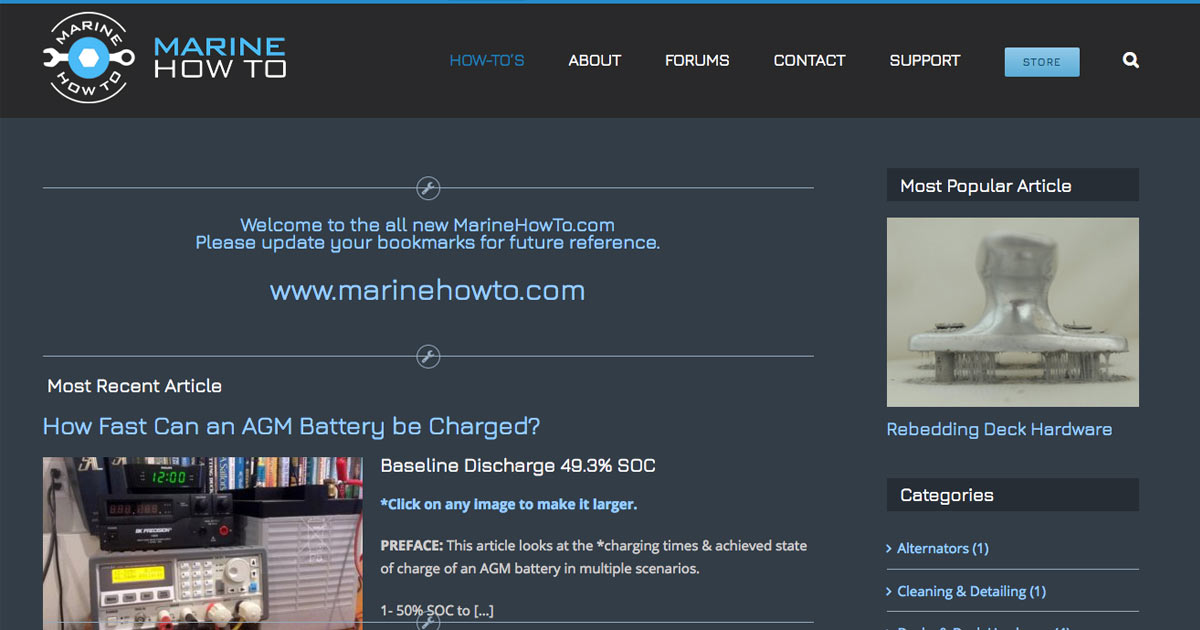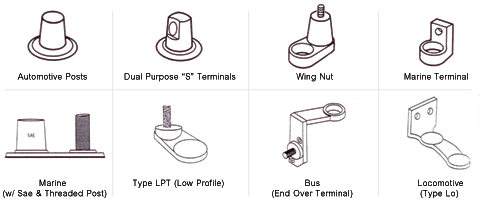Hey gang-
We're the happy owners of a new-to-us 2004 Hunter 36. We're coming from a 1984 Tartan 28 with old school flooded batteries so reading up furiously to catch up on battery technology. We're looking for A) replacement recommendations for the dying batteries on our Hunter, and B) any thoughts on our current installation with the unusual battery type we now have.
We just had our first nights away from the marina/shore power and woke up day two to nearly dead batteries. Overnight we were running only two dc fans, our dc fridge, and anchor light. Daytime use at anchor was similarly light. Heck we don't even run a big stereo- just a portable Bluetooth speaker.
The batteries are two NorthStar SMS-AGM 400. These things are monsters- 132 lbs each and nearly twice the size of Group 27 batteries. Priced around $800 each and also listed as Northstar NSB 190FT BLUE+. In particular they are far too tall for the battery box and so the box lid just rests atop the batteries. They were installed new in September 2019. I've attached photos.
Our charging system is the original Xantrex Freedom Marine 20 Inverter/Charger. The alternator output tests good at 14.1 volts.
Thanks gang and we are very glad to be here! Any advice on batteries or thoughts on our current setup much appreciated!
Cheers!
We're the happy owners of a new-to-us 2004 Hunter 36. We're coming from a 1984 Tartan 28 with old school flooded batteries so reading up furiously to catch up on battery technology. We're looking for A) replacement recommendations for the dying batteries on our Hunter, and B) any thoughts on our current installation with the unusual battery type we now have.
We just had our first nights away from the marina/shore power and woke up day two to nearly dead batteries. Overnight we were running only two dc fans, our dc fridge, and anchor light. Daytime use at anchor was similarly light. Heck we don't even run a big stereo- just a portable Bluetooth speaker.
The batteries are two NorthStar SMS-AGM 400. These things are monsters- 132 lbs each and nearly twice the size of Group 27 batteries. Priced around $800 each and also listed as Northstar NSB 190FT BLUE+. In particular they are far too tall for the battery box and so the box lid just rests atop the batteries. They were installed new in September 2019. I've attached photos.
Our charging system is the original Xantrex Freedom Marine 20 Inverter/Charger. The alternator output tests good at 14.1 volts.
Thanks gang and we are very glad to be here! Any advice on batteries or thoughts on our current setup much appreciated!
Cheers!
Attachments
-
346.8 KB Views: 140






